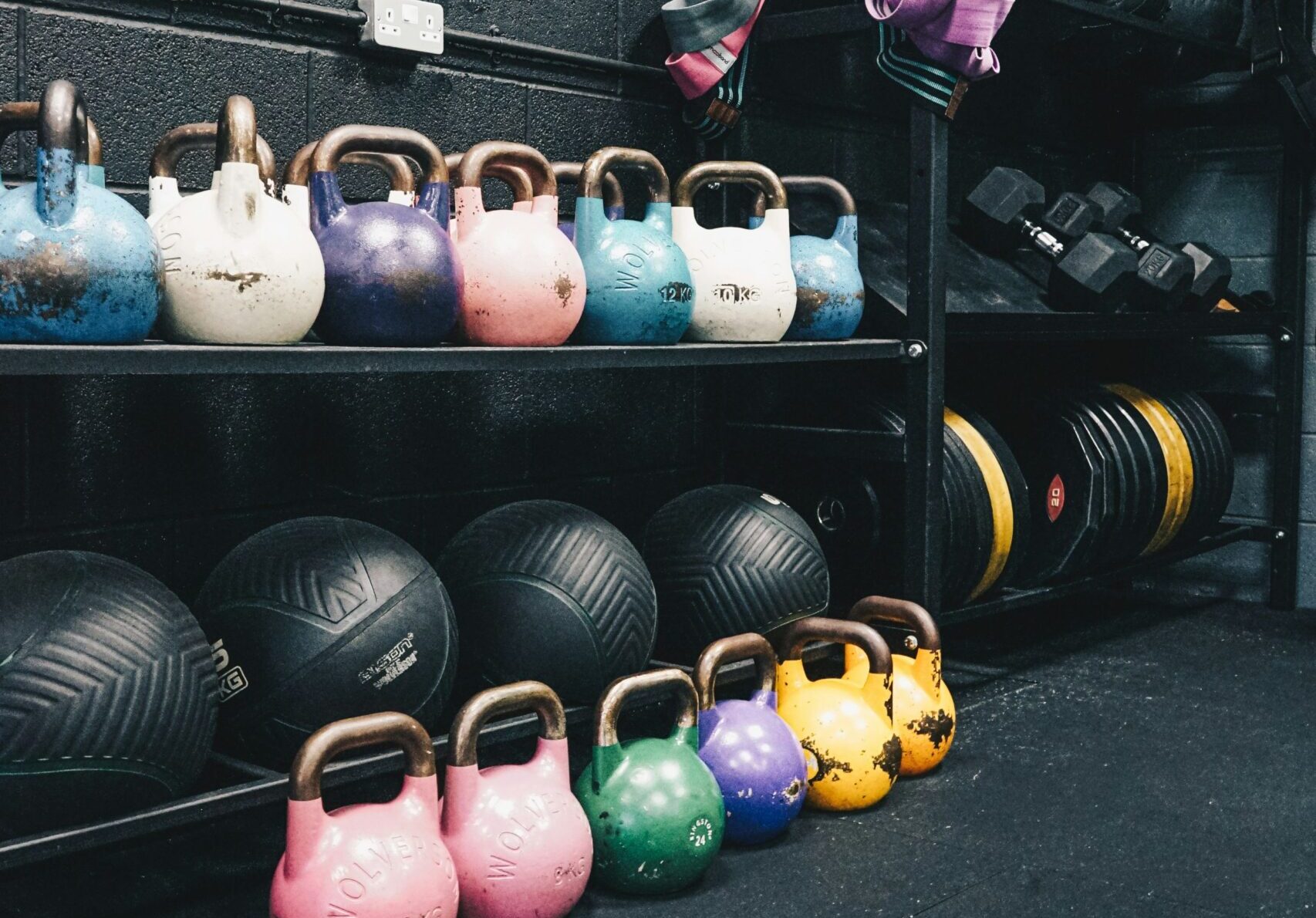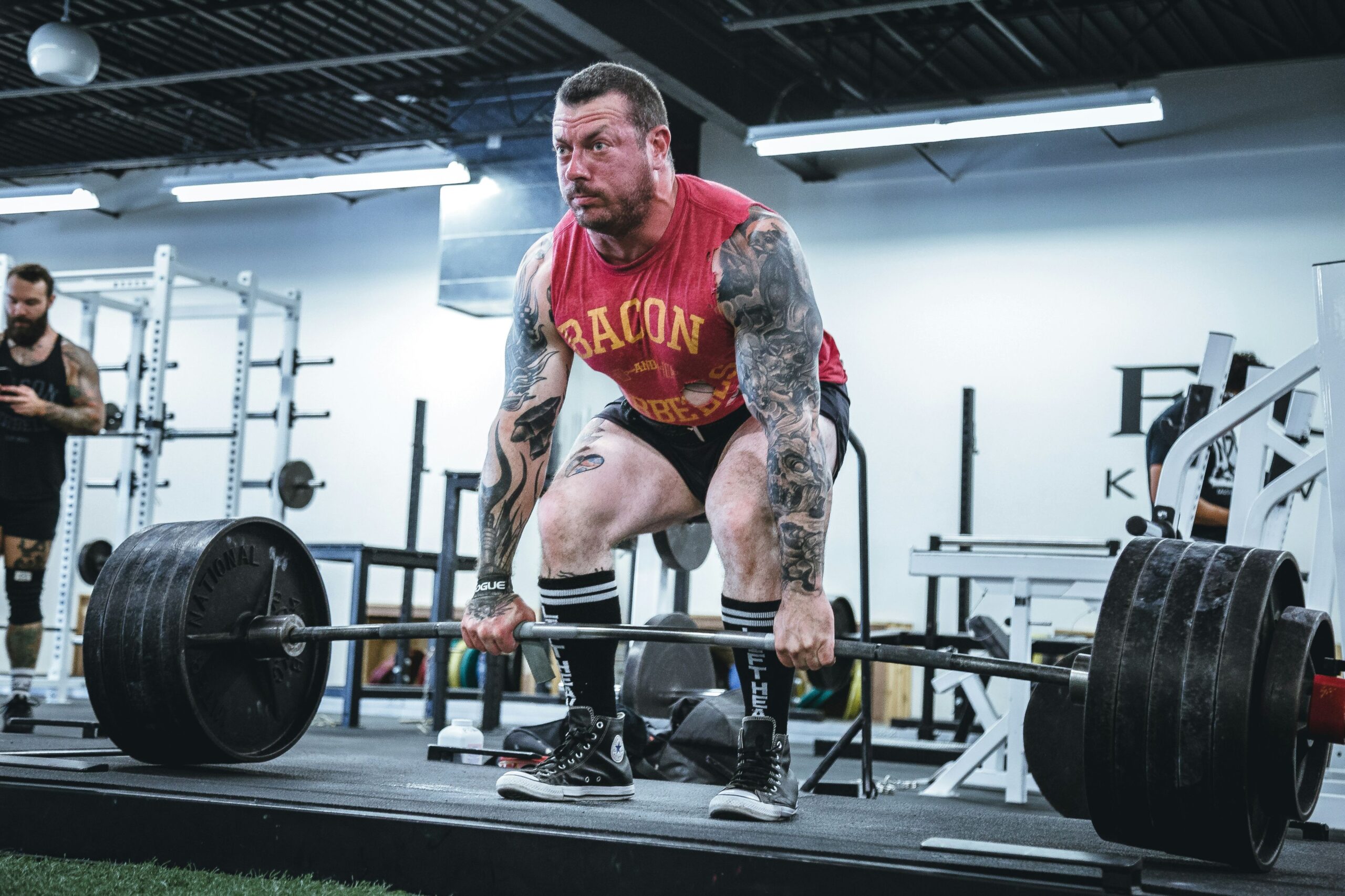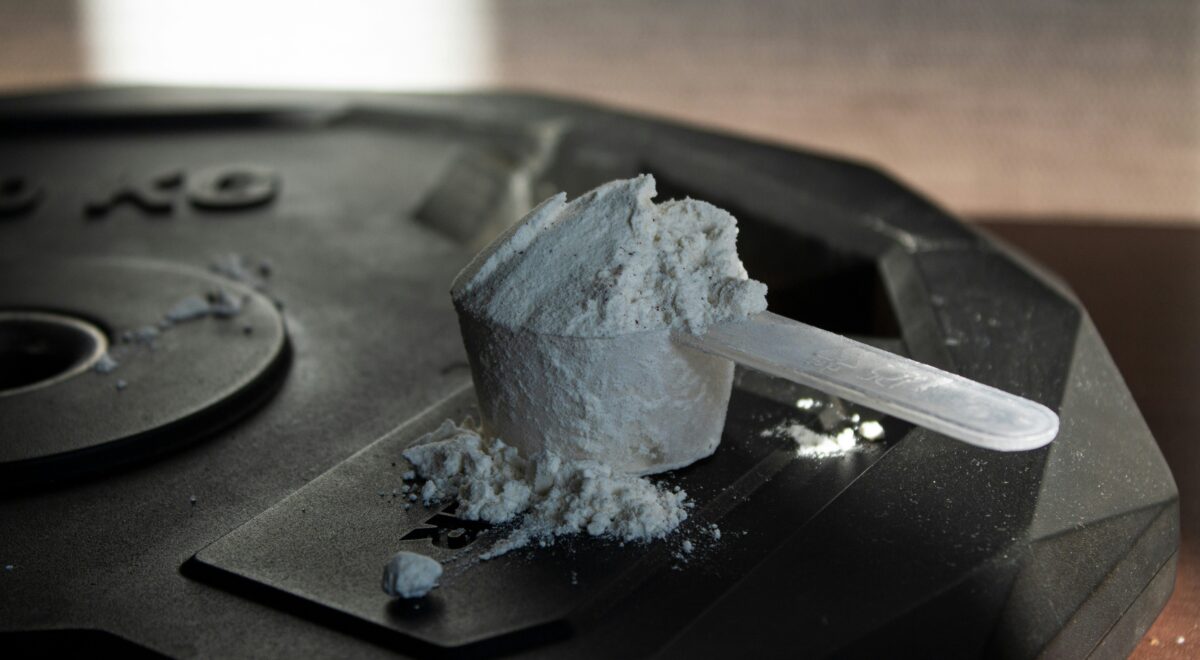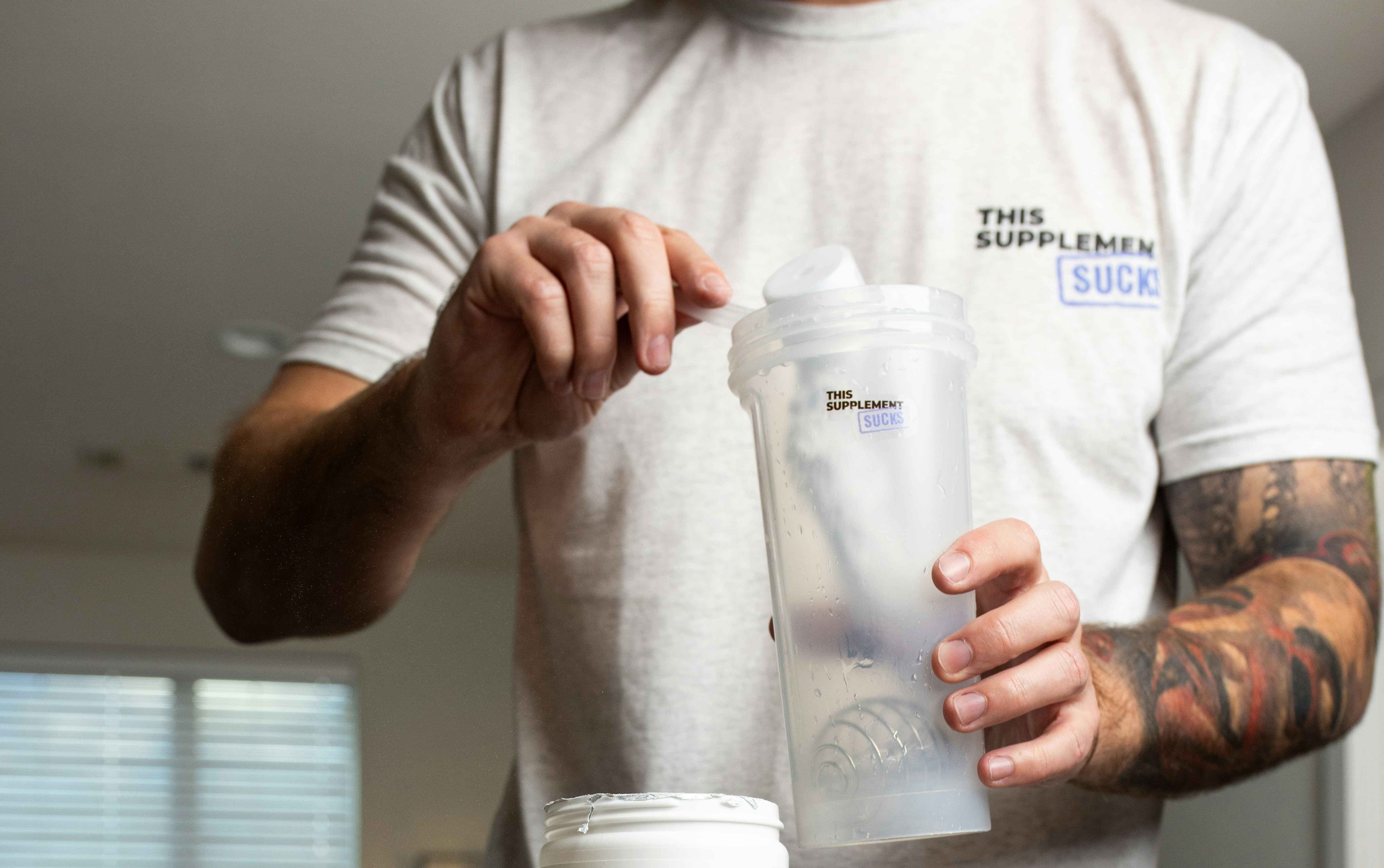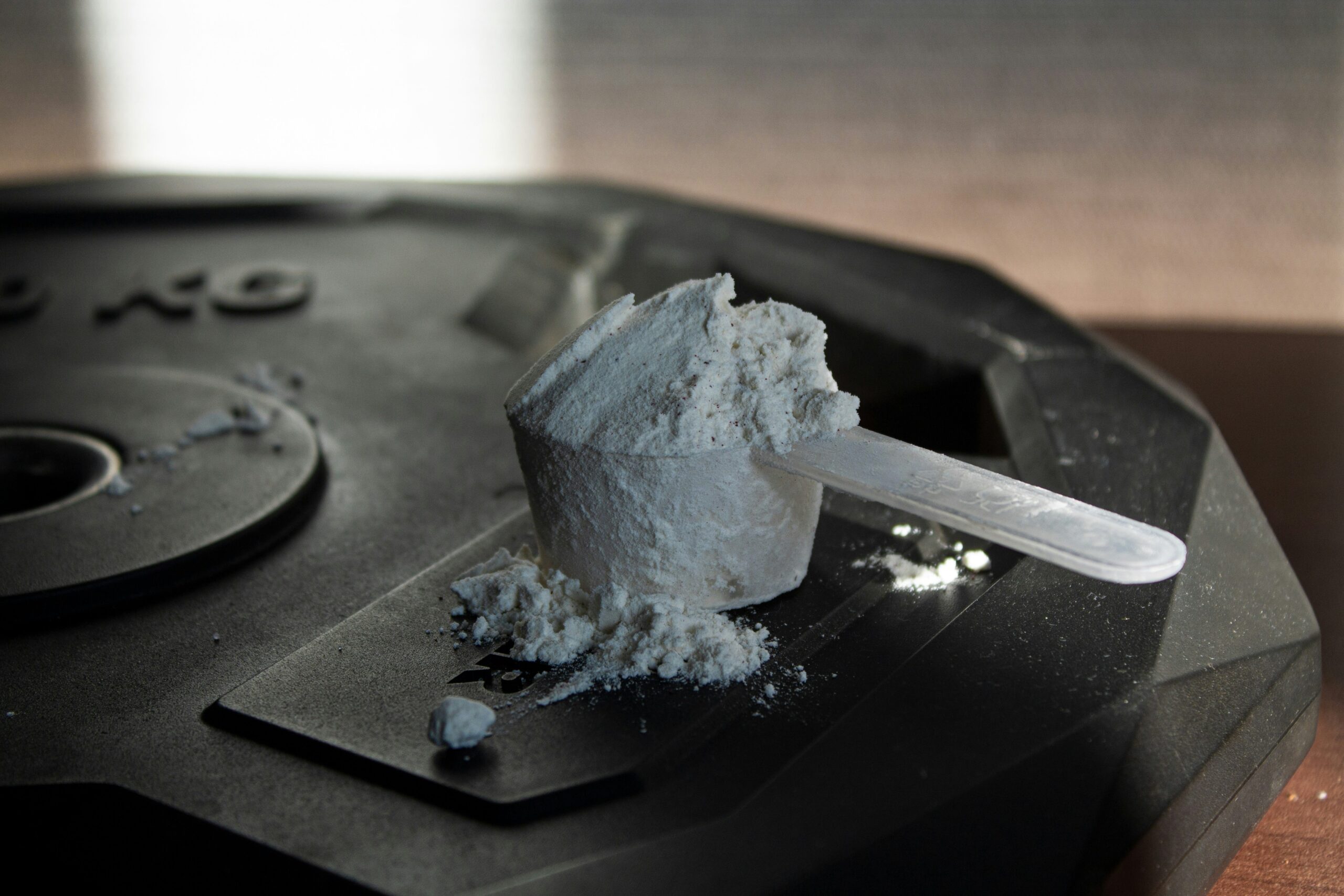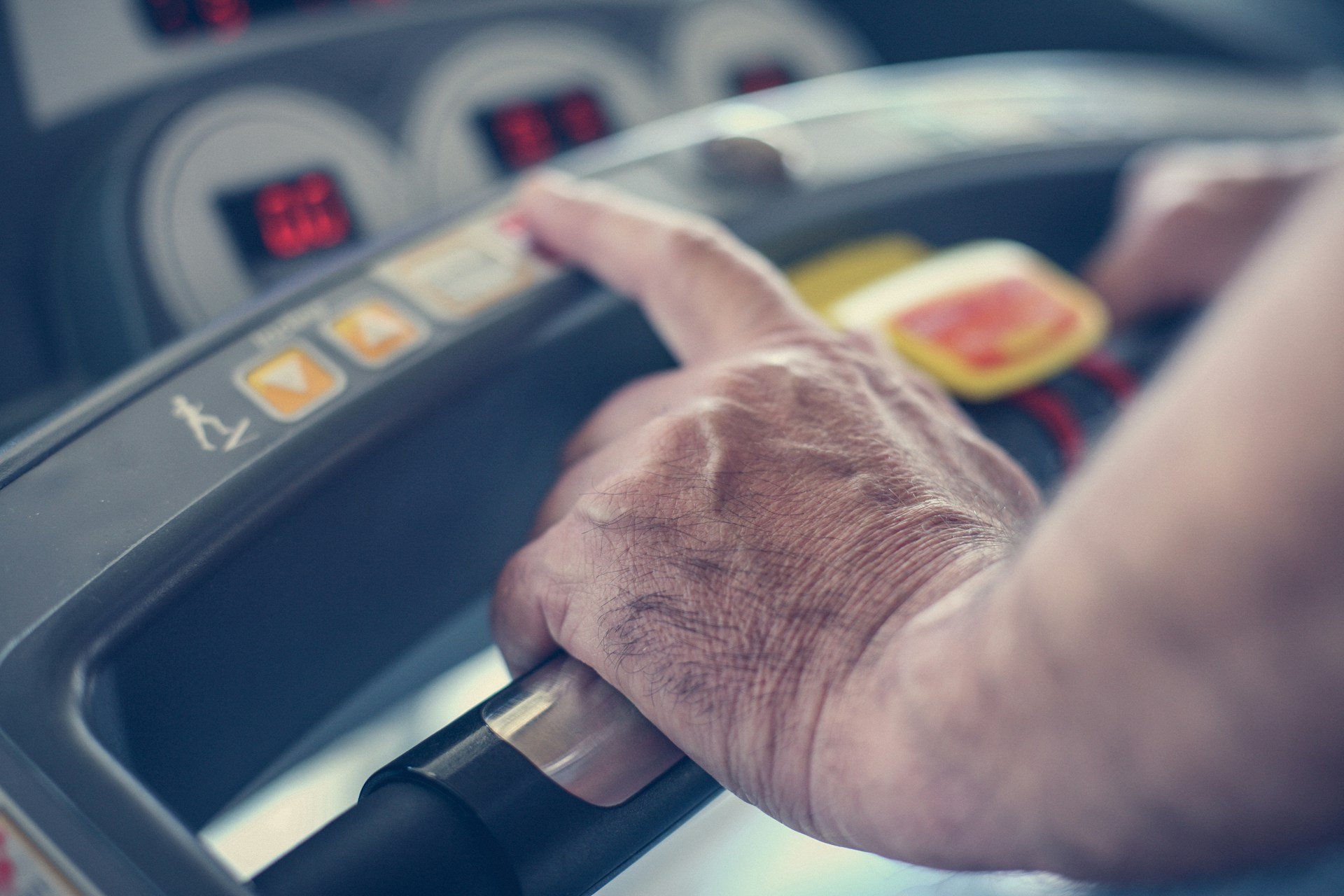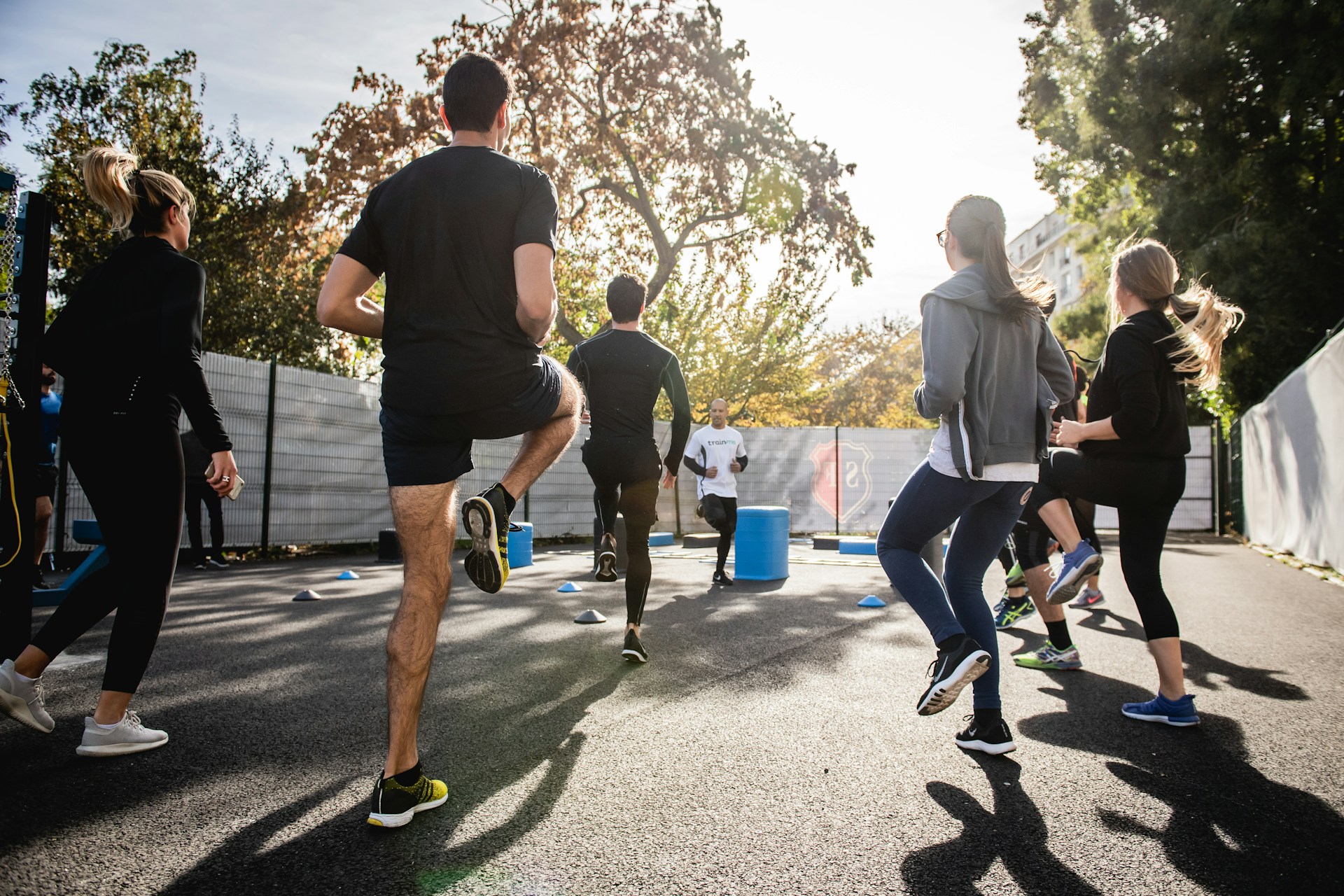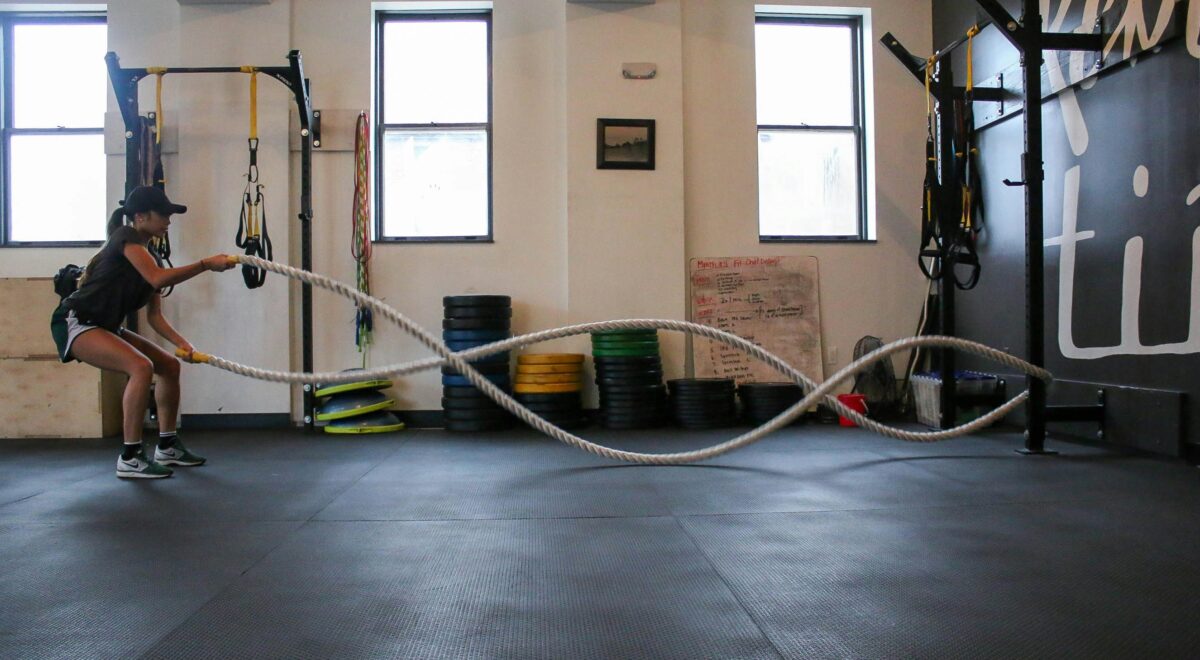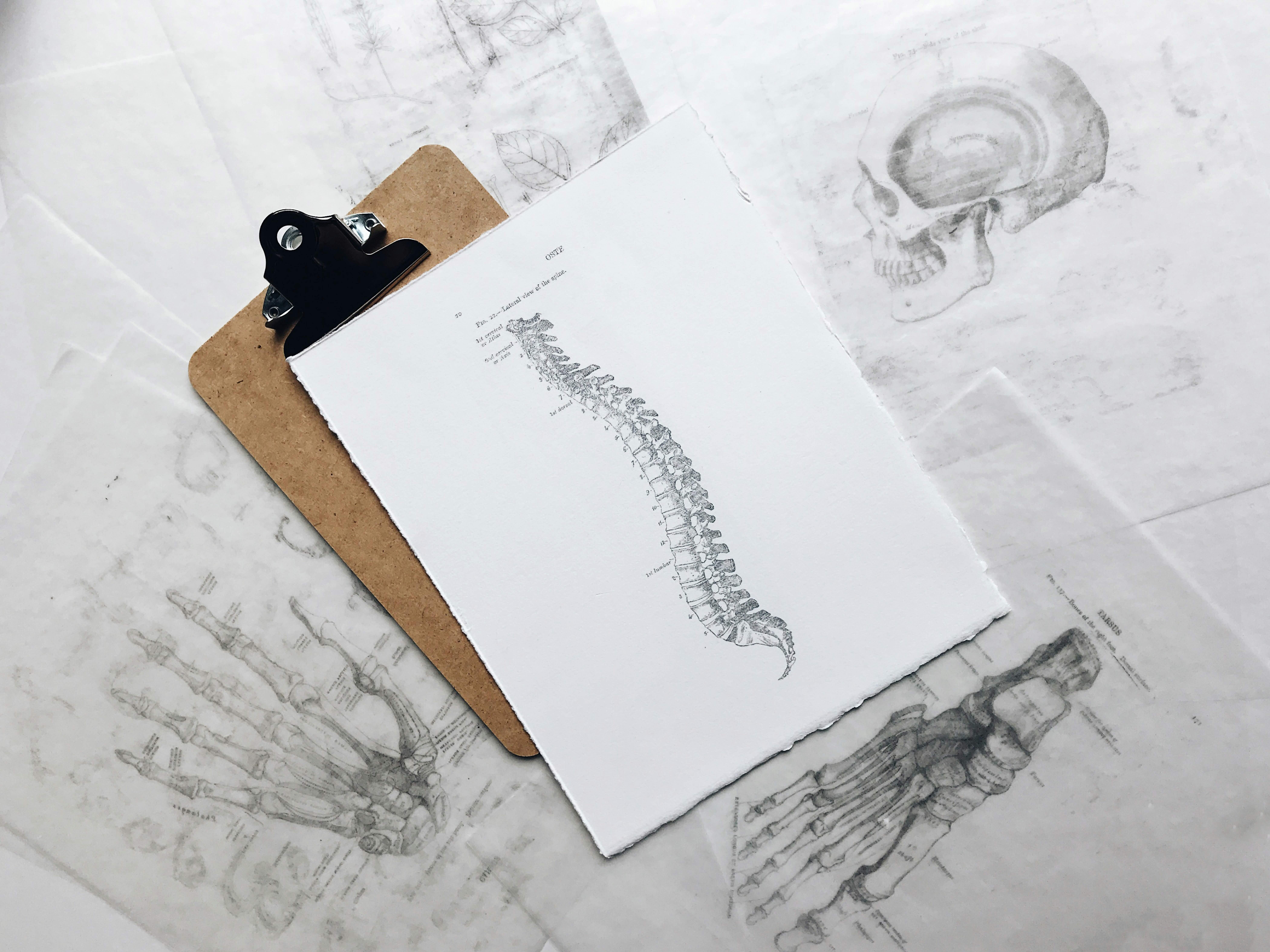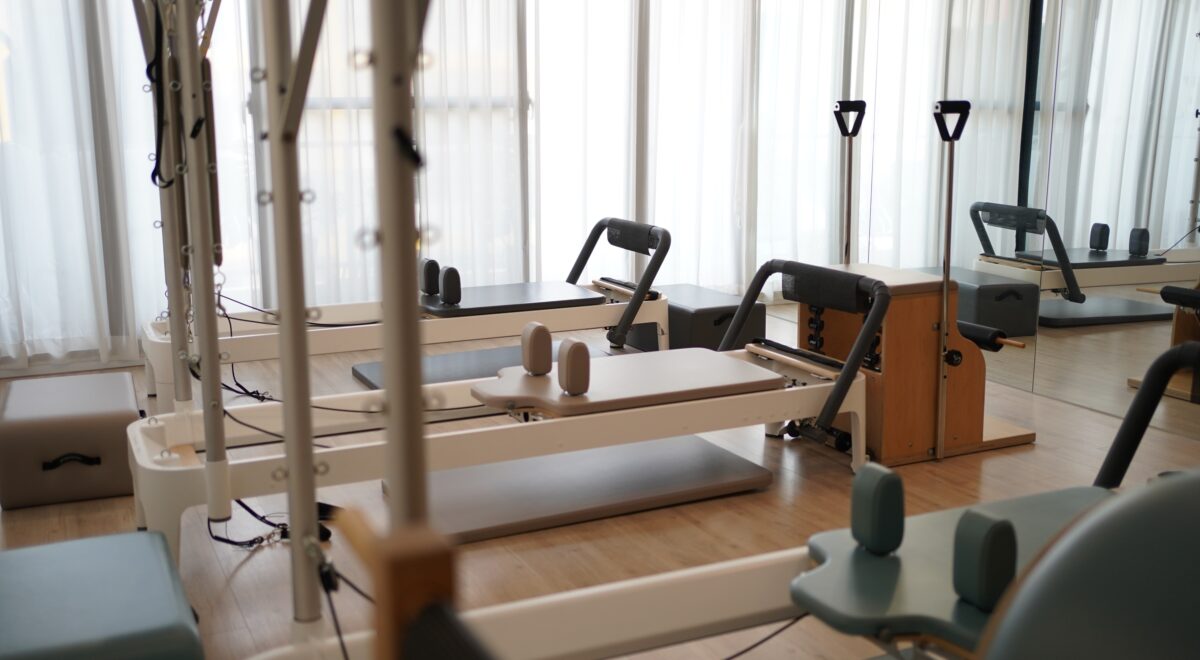How to Break Through a Fitness Plateau – Tips and Strategies

Whether you’re a fitness pro or just starting out, not being able to hit PR and hitting a plateau is frustrating. You’re putting in the work and sticking to your routine, but suddenly, it feels like progress has stopped. If you’re stuck wondering how to break through, don’t sweat it—you’re not alone. The good news? There are solid strategies to get you moving forward again.
Let’s dive into why these plateaus happen, how to spot them, and most importantly, some actionable tips to push past them and start seeing results again.
What is a Fitness Plateau?
A fitness plateau happens when your body gets too comfy with your current workout routine. Basically, it adapts, and then progress grinds to a halt. You might notice stalled weight loss, muscle growth stalling, or no real gains in strength. What’s going on? Your body’s just become efficient at the exercises you’re doing, and they’re no longer pushing you enough to spark change. Time to switch it up!
Why Do Fitness Plateaus Happen?
There are several reasons why you might hit a fitness plateau:
- Routine Repetition: Sticking to the same workout routine for too long can lead to stagnation. Your body adapts to the specific exercises, intensity, and volume, reducing their effectiveness over time.
- Lack of Rest and Recovery: Overtraining without giving your muscles adequate time to recover can lead to burnout and stalled progress. Muscle growth and strength gains occur during rest, not during the workout itself.
- Nutritional Gaps: Nutrition plays a crucial role in achieving fitness goals. If your diet is not aligned with your workout plan, it can result in a lack of energy or improper recovery, slowing your progress.
- Mental Burnout: Sometimes, the issue is psychological. If you’re mentally fatigued or bored with your routine, it becomes harder to push yourself, and this can lead to a plateau.
Now that we’ve identified some common causes of fitness plateaus, let’s dive into how you can break through them.
Tips and Strategies to Break Through a Fitness Plateau
1. Change Up Your Workout Routine
The simplest and most effective way to overcome a fitness plateau is to introduce variety into your workout. If you’ve been doing the same exercises, reps, and sets for weeks or months, your body has likely adapted. Changing things up can create the stimulus your muscles need to grow and get stronger again.
Here are some ways to add variety:
- Increase Intensity: Add more weight or resistance to your workouts.
- Alter Reps and Sets: If you’ve been doing high reps with lighter weights, try low reps with heavier weights, or vice versa.
- Try New Exercises: Incorporate different movements that target the same muscles in a new way. For example, swap out your regular bench press for a dumbbell press or incline bench press.
- Change the Tempo: Slow down the eccentric (lowering) phase of your lifts to increase time under tension.
2. Incorporate Progressive Overload
Progressive overload is all about pushing your muscles a bit harder each time you hit the gym. If you don’t increase the stress on your muscles, they won’t grow or get stronger. So, how do you do it? Simple: ramp up the weight, add more reps or sets, or cut down your rest time between sets.
Here’s a quick example: if you’re squatting 100 kg for 8 reps, bump it up to 105 kg and shoot for 6-8 reps. Just keep making those small adjustments over time to keep your muscles challenged. It’s all about consistent progress. Got it? Let’s get to work!
3. Focus on Recovery
Recovery is just as important as the workout itself. If you’re constantly pushing your body without giving it the time to recover, you can overtrain, which leads to muscle fatigue and stagnation.
Here’s how to optimize your recovery:
- Get Enough Sleep: Aim for 7-9 hours of quality sleep per night. Your body repairs and grows stronger during deep sleep.
- Rest Days: Incorporate rest days into your routine. Active recovery, such as light walking or yoga, can help, but don’t shy away from taking full days off when needed.
- Stretch and Foam Roll: Stretching and foam rolling help relieve muscle tension and improve flexibility, which can aid in faster recovery and better performance in future workouts.
4. Reassess Your Nutrition
Your nutrition might be holding you back from making progress. Ensure you’re fueling your body with the right balance of macronutrients—proteins, fats, and carbohydrates—to support your fitness goals.
- Increase Protein Intake: Protein is essential for muscle repair and growth. Make sure you’re consuming enough protein to match the demands of your workouts.
- Carbs for Energy: If you’re lacking energy, consider increasing your intake of complex carbohydrates like whole grains, fruits, and vegetables.
- Hydration Matters: Dehydration can cause fatigue and hinder workout performance. Drink plenty of water throughout the day, especially before and after your workouts.
5. Try High-Intensity Interval Training (HIIT)
If you’ve been stuck in the same cardio routine, it’s time to shake things up with high-intensity interval training (HIIT). This isn’t just a fad; it’s a game-changer. HIIT is all about short bursts of hard work followed by quick recovery. It ramps up your metabolism, burns more fat, and seriously boosts your heart health.
So, instead of logging 30 minutes of steady jogging on the treadmill, switch it up. Try sprinting for 30 seconds, then walk for 90 seconds. Repeat that for about 15-20 minutes. Trust me, you’ll feel the difference, and it’ll keep your workouts interesting.
6. Track Your Progress
One of the reasons you may feel like you’re in a plateau is because you’re not keeping track of your progress effectively. Use a workout log to record the weight, reps, and sets for each exercise. This allows you to identify areas where you can make small improvements and helps you stay accountable.
Additionally, take progress photos or measurements to see changes that might not be reflected on the scale. Sometimes, progress happens in ways that aren’t immediately visible, like improved strength, endurance, or muscle tone.
7. Stay Mentally Engaged
Mental engagement is crucial for keeping your motivation up and breaking through those plateaus. Try shaking things up a bit—sign up for a race, join a fitness class, or even compete in a local strength competition. These challenges can fire up your passion and give you a solid target to aim for.
8. Consider Supplements
If your diet is well-balanced and you’re still struggling to overcome a plateau, consider adding supplements like creatine or branched-chain amino acids (BCAAs) to enhance your performance and recovery. However, it’s essential to consult with a healthcare professional before introducing new supplements into your routine.
Final Thoughts
Breaking through a fitness plateau? It’s all about shaking things up in your workout routine, recovery, and nutrition. Mix in some variety, focus on progressive overload, and prioritize recovery. That’s your ticket to reigniting your progress and hitting those fitness goals.
Plateaus happen; it’s just part of the game. But with the right moves, you can push through and keep climbing. Stay consistent, track what you’re doing, and always challenge yourself to level up!



 Muscle hypertrophy, or the increase in muscle size, is a goal for many fitness enthusiasts. Whether you’re aiming for aesthetics, strength, or both, optimizing your workouts with scientifically backed exercises is key. This guide breaks down the best exercises for muscle hypertrophy so you can maximize results in the gym.
Muscle hypertrophy, or the increase in muscle size, is a goal for many fitness enthusiasts. Whether you’re aiming for aesthetics, strength, or both, optimizing your workouts with scientifically backed exercises is key. This guide breaks down the best exercises for muscle hypertrophy so you can maximize results in the gym.
 If you’re into sports, you know how quickly an injury can sideline you—whether you’re just trying to stay fit or you’re in the middle of a serious training block. But here’s the thing: how to prevent sports injuries isn’t just a mystery. It’s all about smart preparation and protecting your body from the start. In this article, we’ll break down the best strategies to avoid common sports injuries and help you stay active, injury-free, and performing at your best.
If you’re into sports, you know how quickly an injury can sideline you—whether you’re just trying to stay fit or you’re in the middle of a serious training block. But here’s the thing: how to prevent sports injuries isn’t just a mystery. It’s all about smart preparation and protecting your body from the start. In this article, we’ll break down the best strategies to avoid common sports injuries and help you stay active, injury-free, and performing at your best.




